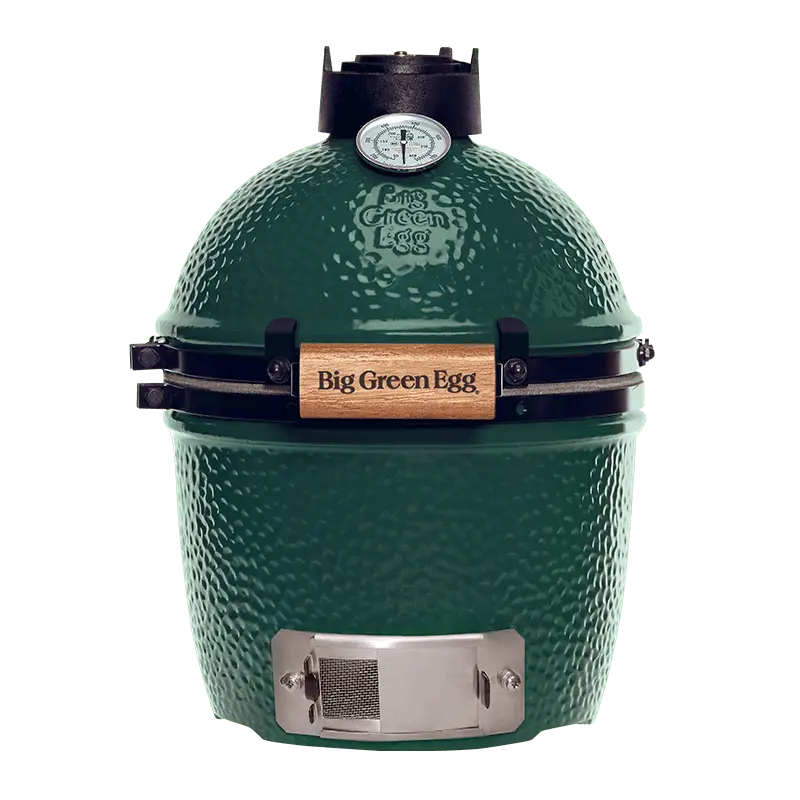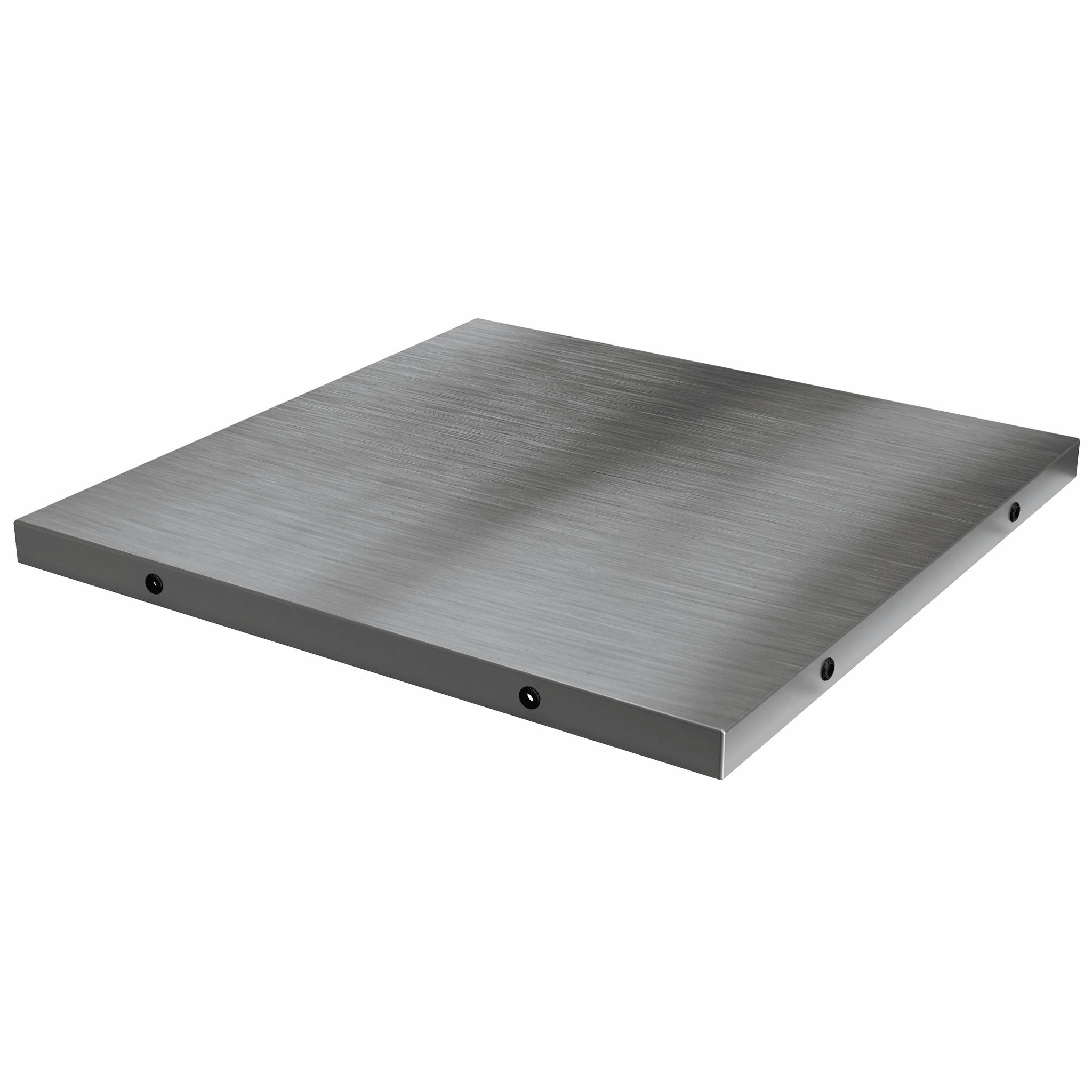Meet the Family
Included With Every Big Green Egg
Lifetime Warranty
Enjoy a lifetime of cooking
Optional White Glove Assembly
Let us do the heavy lifting
Local Delivery
Orders fulfilled by local dealers
Pay Over Time
Quick, simple financing options
Explore Our Best Sellers
- Egg Packages
- Accessories
- Apparel
- Tables



All The Products You Need
Explore everything for your Big Green Egg. And then some.













































































